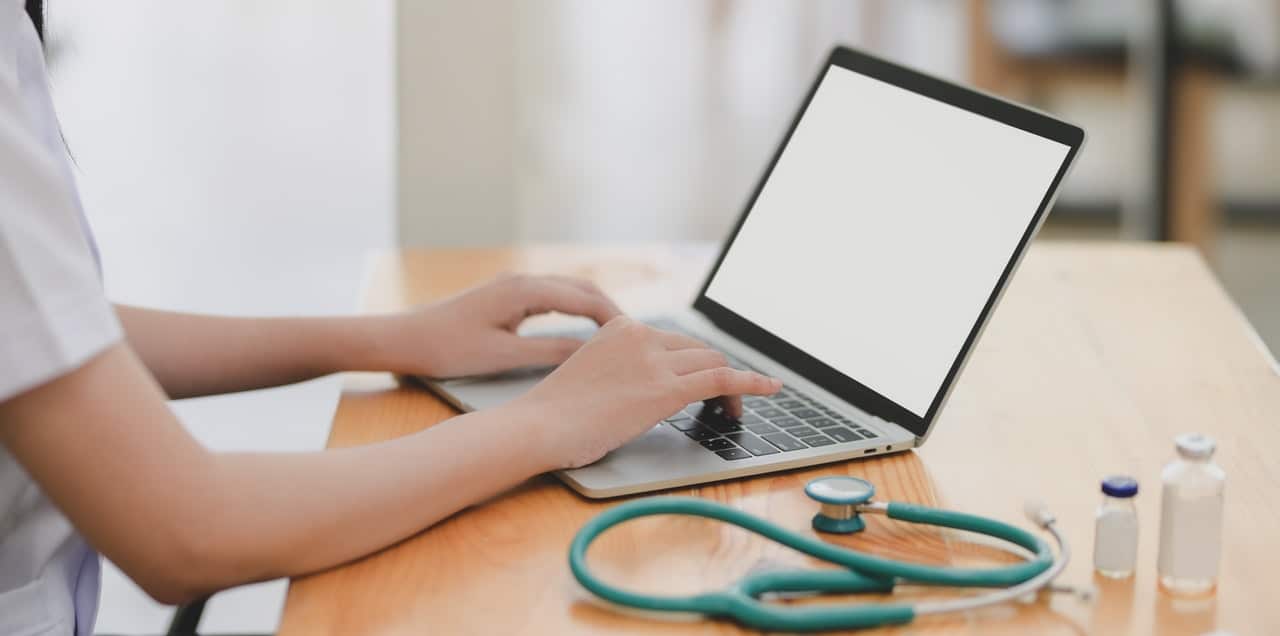

COVID-19 has definitely shaken the world. It is a virus that is highly contagious and can, unfortunately, be fatal to those who have a weaker immune system. This is why medical professionals all over the world are doing the best that they can to tend those who require their attention.
In light of this, telehealth, a way to provide medical consultation through telecommunications, is stepping forward more than ever before. The need for continued medical care coupled with the risk of infection has caused many people to consider the benefits and limitations of telehealth.


Here are some of the advantages of Telehealth during COVID-19:
As already mentioned, COVID-19 is a highly contagious disease. Therefore one of the problems in trying to seek medical attention traditionally is the possibility of infecting others. Traditionally, when one seeks medical care, he must go to the hospital himself, sign up, and wait with other patients until a doctor is available to see him. At present, more and more people are going to the hospital, which means that the possibility of one patient infecting others with COVID-19 is very high.
This is where the first benefit of telehealth comes in. A person can simply use telehealth to consult a doctor and know right away if there is a need for him to seek more serious medical attention in the hospital. In this case, rather than going to many places and potentially spreading the virus, he can go straight to the emergency room or wherever the doctor instructs him to go.
This one works the other way. If a person needs medical attention unrelated to COVID-19, is it wise for him to go to the hospital right away? The answer is probably no. He may not be able to infect others, but others can infect him.
Again, COVID-19 is a highly contagious disease, so one should avoid being in crowded places, especially hospitals, to lessen the risk of being infected. With telehealth, this is doable. For whatever medical concern one has, whether related to COVID-19 or not, a person can get quick medical assistance and guidance.
Those who seem to be holding everything together during the pandemic are the frontliners. We are talking about doctors, nurses, all those in the medical field, and other essential workers such as military, janitors, bank personnel, and so on.
“The world cannot afford to have them sick, and if one goes out unprotected to seek medical attention, it raises the risk of exposing the frontliners to COVID-19. Therefore, if it is not an emergency, a person may conveniently use telehealth to talk to a health professional. This way, he receives the medical attention he needs without unintentionally risking the frontliners.,”says Dr.Joshua C, a reputed cardiologist from Philadelphia.
Even before the pandemic, hospitals were known to be very crowded. Now, due to wide spread contagion, hospitals are even more crowded in most areas. The predicament here is that a patient will have to stay home and wait to receive medical help for a longer time than may be advisable because the health professionals are overwhelmed with patients, though they may be seeking to attend to everyone as fast as possible.
Some health visits may prove impossible in the present situation. This is why telehealth is advantageous. One won’t have to get in line and wait for hours to get medical attention. He can simply log on to the computer or any device that will connect him to a health professional online.
If one opts to use telehealth for his medical needs, he can save a bit of money along the way. Telehealth only requires an internet connection and a device to be able to connect. There won’t be any need for transportation fees or time from work.
Because of this pandemic, many countries are advising their citizens to stay indoors and practice social distancing. This has been proven to be quite a challenge as a radical change in people’s everyday lives and schedules are needed. Telehealth is helping people stay indoors and practice social distancing by not requiring them to go outside to seek medical advice.
On the other hand, here are the different disadvantages that limit the effectivity of Telehealth during COVID-19:
One of the drawbacks of using telehealth, especially during the time of COVID-19, is the possibility of getting an inaccurate diagnosis. Some medical cases need to be physically checked for the physician to arrive at the most accurate medical conclusion. Moreover, some patients may not be able to accurately relay what and how they are feeling to the medical professional online, which can also lead to inaccurate diagnosis.
Telehealth may not be for everyone everywhere, either. The good thing about it is that it only requires technology such as the internet and a laptop or even a smartphone. However, that can also be a disadvantage as not everyone has access to the internet or a device, especially in underdeveloped areas.
Telehealth may be a one-time consultation for some. There are some cases where a patient is paired with a random medical professional. Professional advice is guaranteed, but care continuity may prove to be a challenge if the present doctor does not have access to the patient’s previous records with his last doctors.
Telehealth is a big help to the world during COVID-19. However, it is not the absolute solution to medical problems. Therefore, one has to fully understand its benefits and limitations to see if it is right for their situation.
If you are interested in even more technology-related articles and information from us here at Bit Rebels, then we have a lot to choose from.
Warehouses are changing fast, pushed by rising demand, tighter safety standards, and the constant shuffle…
Cybersecurity is no longer a task for governments and large corporations in the connected world…
Fame is a powerful force that extends beyond a celebrity’s lifetime. Icons like Marilyn Monroe,…
In an era where sustainability, transparency, and corporate responsibility are paramount, businesses are under mounting…
In today’s fast-paced and competitive business environment, managing intellectual property (IP) is more crucial than…
Working in tight or confined spaces is one of the most common challenges in modern…